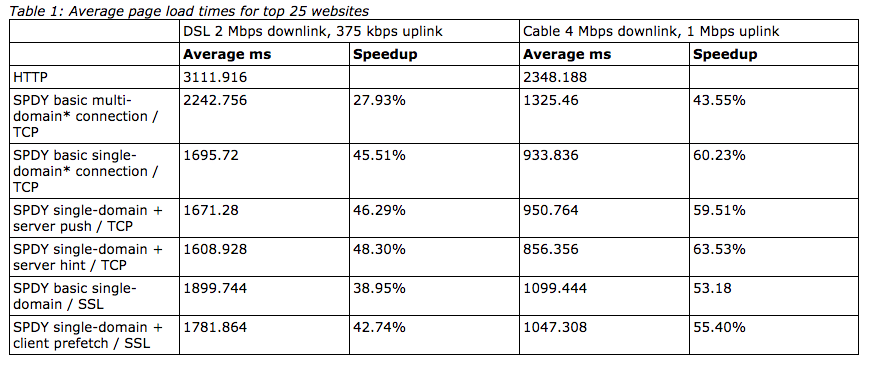Here are some of the features of http/2 that mitigate the benefits of concatenation (from High Performance Browser Networking):
Bundling multiple assets into a single response was a critical optimization for HTTP/1.x where limited parallelism and high protocol overhead typically outweighed all other concerns—see Concatenation and Spriting. However, with HTTP/2, multiplexing is no longer an issue, and header compression dramatically reduces the metadata overhead of each HTTP request. As a result, we need to reconsider the use of concatenation and spriting in light of its new pros and cons:
Bundled resources may result in unnecessary data transfers: the user might not need all the assets on a particular page, or at all.
Bundled resources may result in expensive cache invalidations: a single updated byte in one component forces a full fetch of the entire bundle.
Bundled resources may delay execution: many content-types cannot be processed and applied until the entire response is transferred.
Bundled resources may require additional infrastructure at build or delivery time to generate the associated bundle.
Bundled resources may provide better compression if the resources contain similar content.
...
HTTP/2 removes this unfortunate trade-off by providing support for request and response multiplexing, which means that we can now optimize our applications by delivering more granular resources: each resource can have an optimized caching policy (expiry time and revalidation token) and be individually updated without invalidating other resources in the bundle. In short, HTTP/2 enables our applications to make better use of the HTTP cache.
I don't think that recurrences will decrease file size very much. Also, the file size is just one aspect of latency and percieved speed. For example, even if the initial load is faster, what happens when the user visits for a second time? What if one file needs to be invalidated?
Although I have not seen any specific data regarding your question, here are results from Google for http/1.1 vs SPDY, a predecessor to http/2:
![enter image description here]()
Ultimately the answer to your question will be an opinion, unless someone does some testing to find out.

